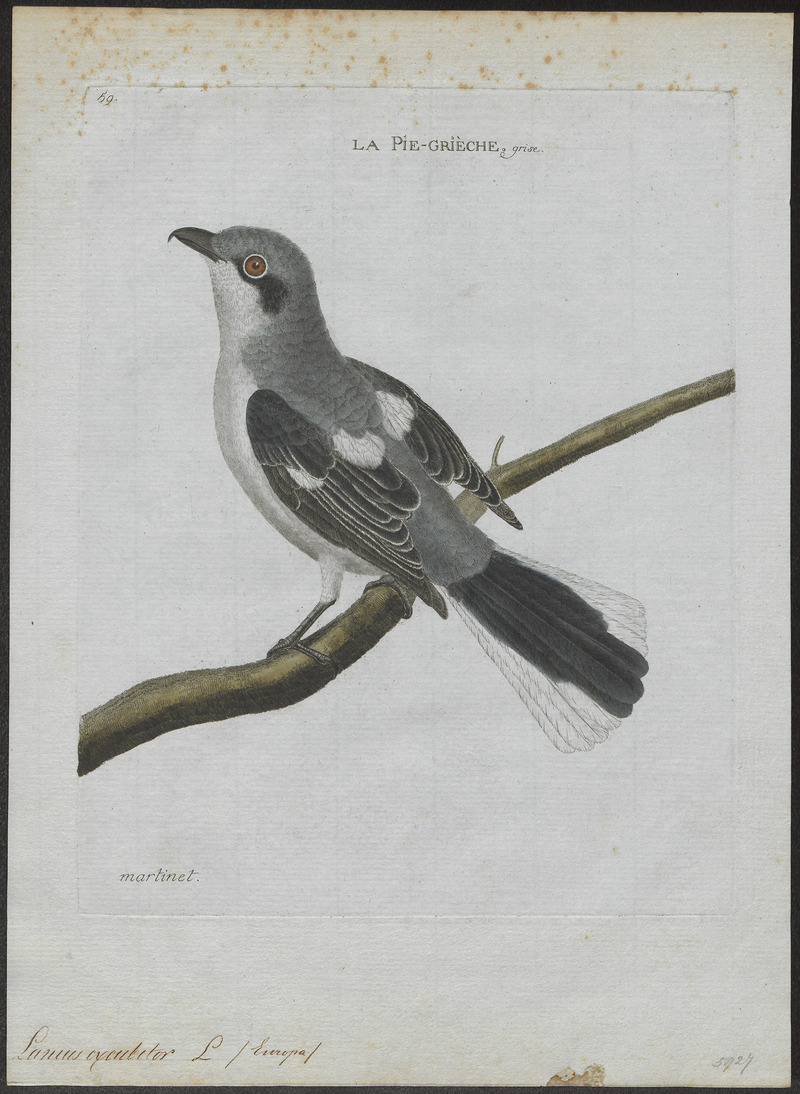|
| 질의: description | 결과: 6784번째/10150 | |
great grey shrike, northern grey shrike (Lanius excubitor)
| 제목: | great grey shrike, northern grey shrike (Lanius excubitor)
| | 올린이: | Wiki Photos (---@---.---)
| |

| 해상도: 2877x3934
파일크기: 4061072 Bytes
등록시간: 2017:03:05 00:13:08
|
|
|